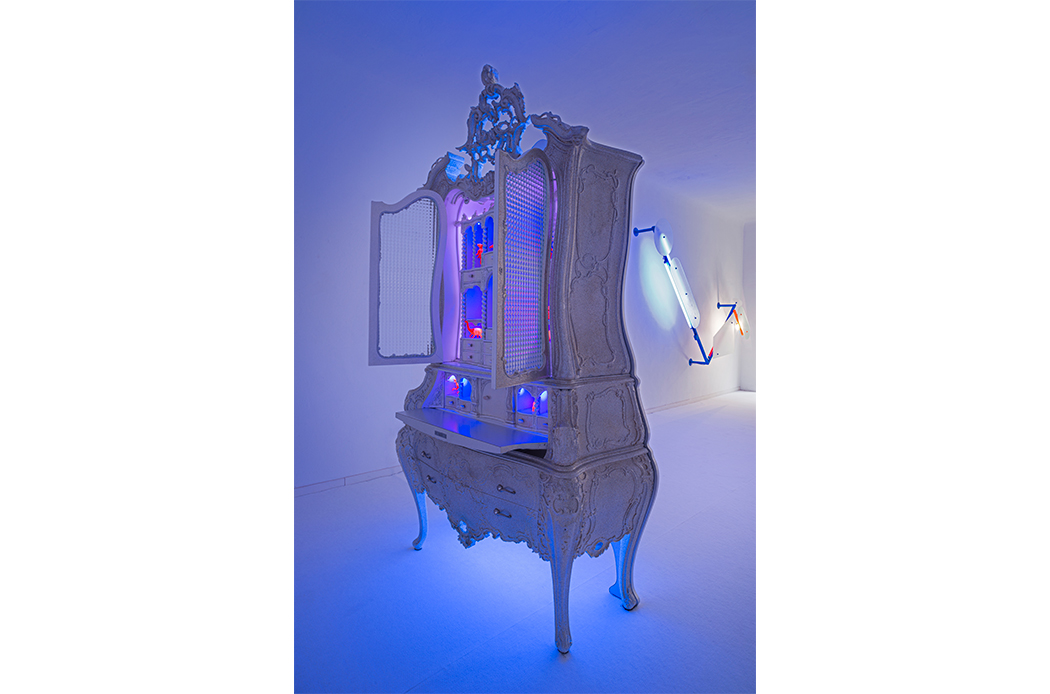
Nanda Vigo
& So on, 2008
140 × 60 × 257 cm
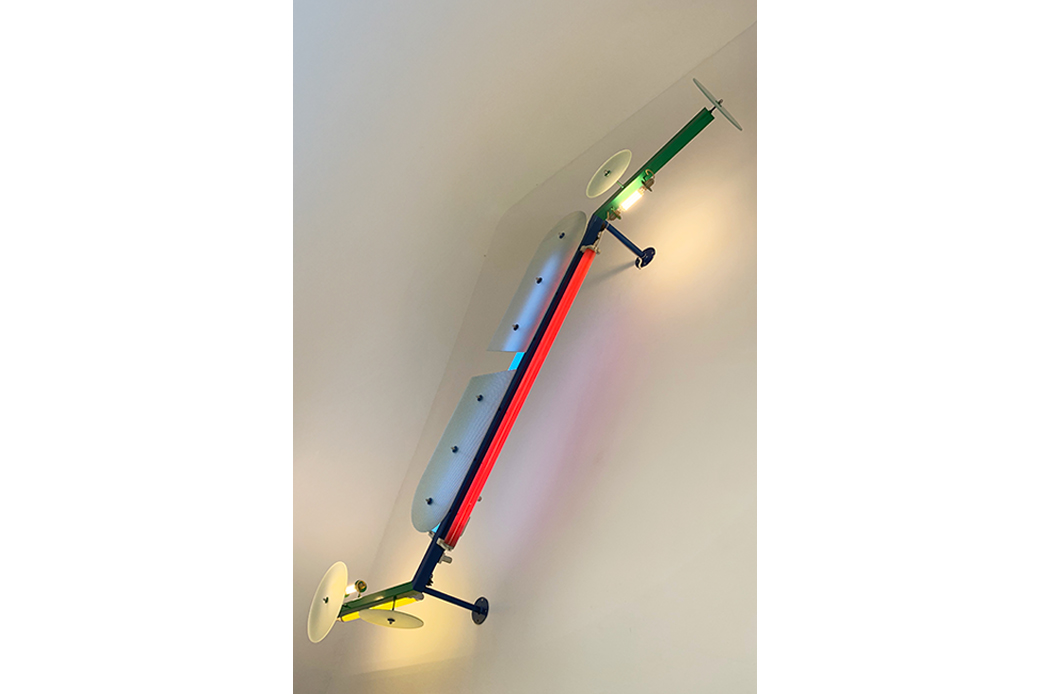
Nanda Vigo
Light Tree, 1985
253 x 35 x 50 cm
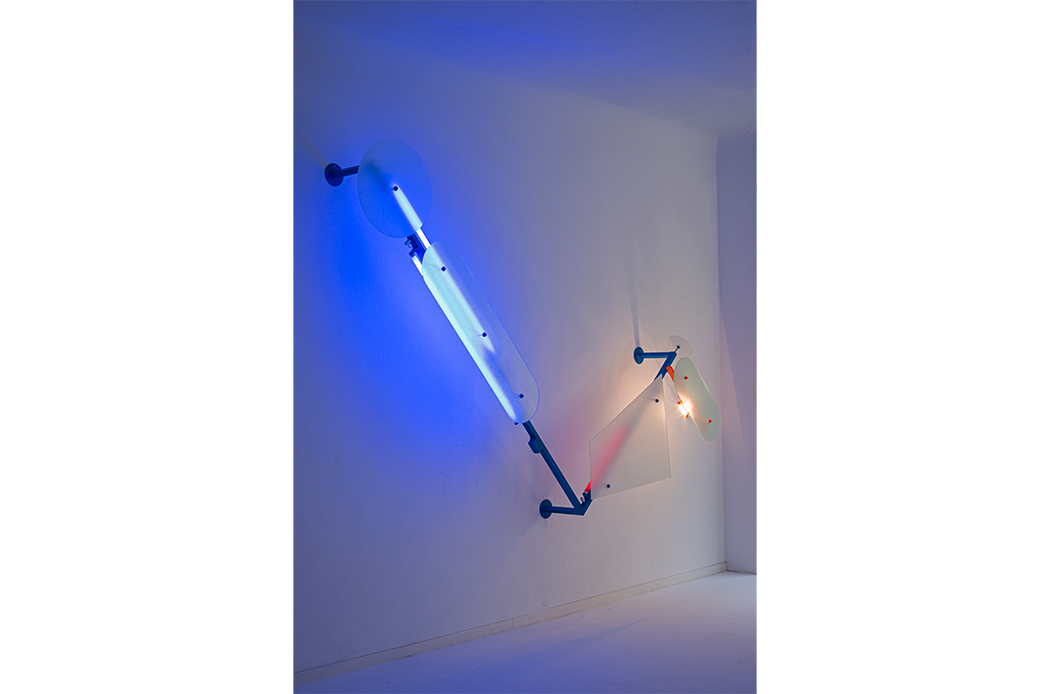
Nanda Vigo
Light Tree, 1984-85
200 x 345 x 45 cm
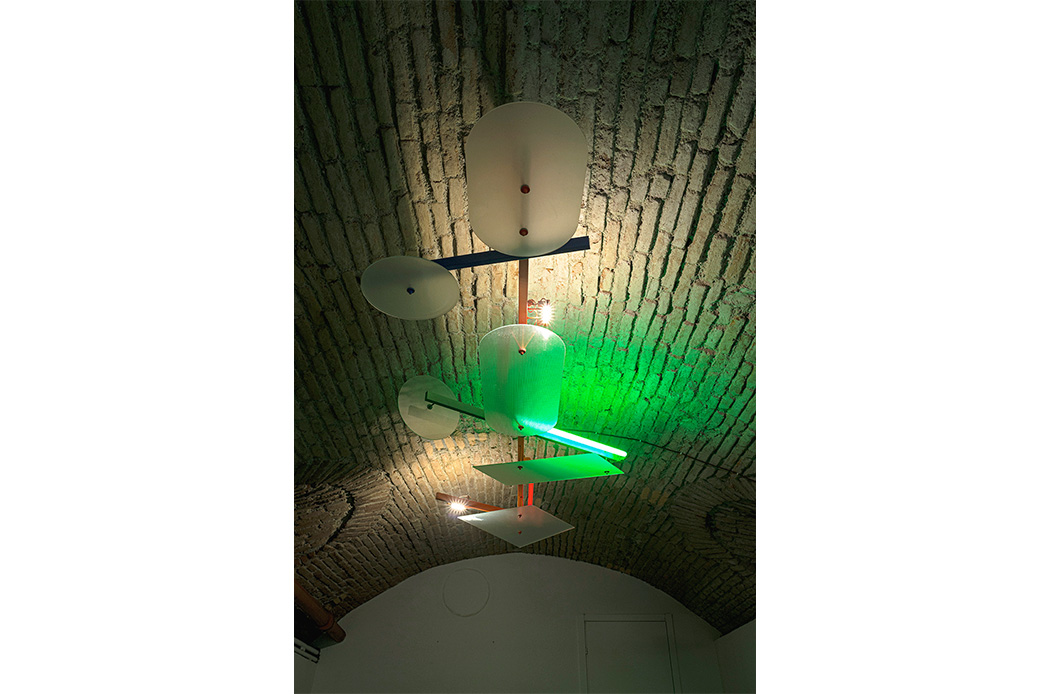
Nanda Vigo
Light Tree, 1984
100 x 291 x 44 cm
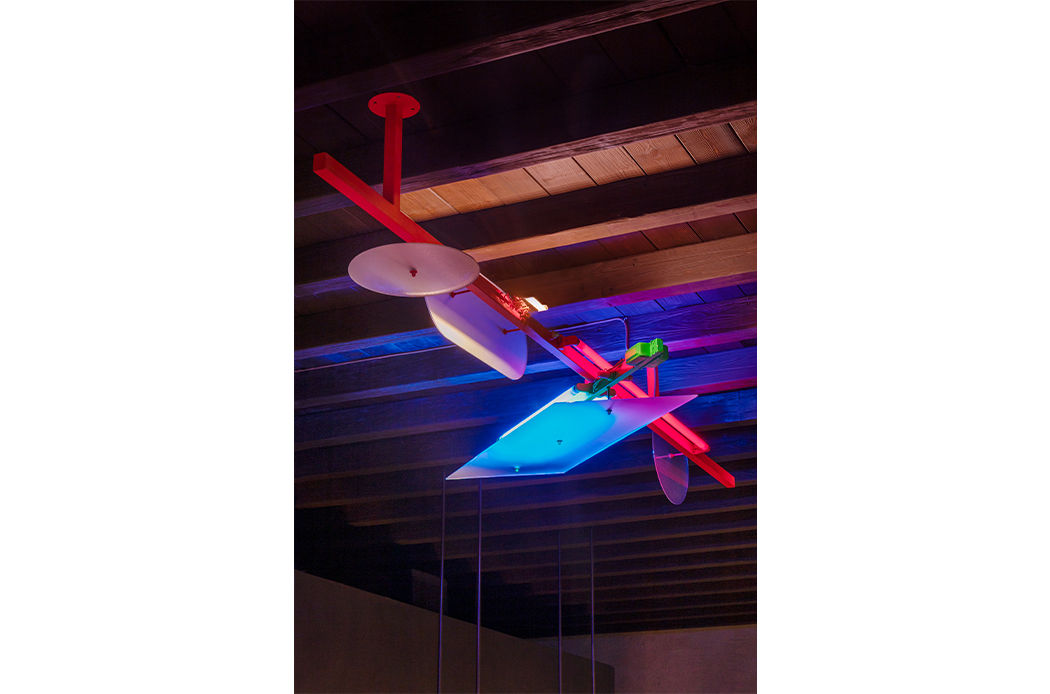
Nanda Vigo
Light Tree, 1985
290 x 80 x 45 cm
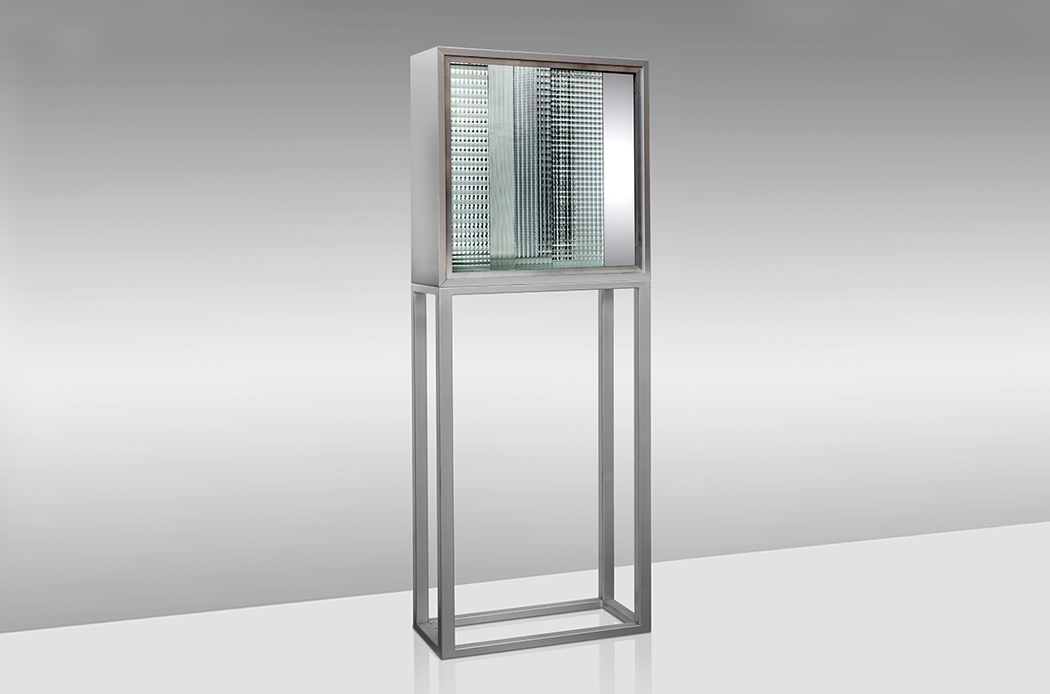
Nanda Vigo
Cronotopo, 1965
60 × 20 × 60 cm (with stand: H 110 cm)

Nanda Vigo
Cronotopo, 1965
60 × 60 cm
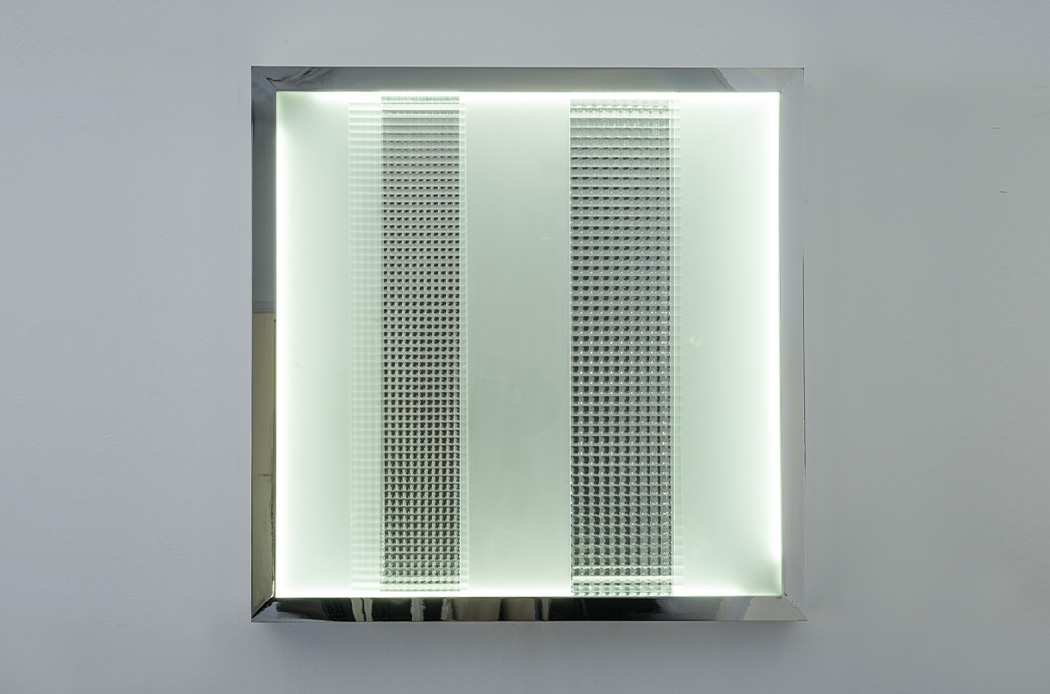
Nanda Vigo
Cronotopo, 1975
100 × 100 cm
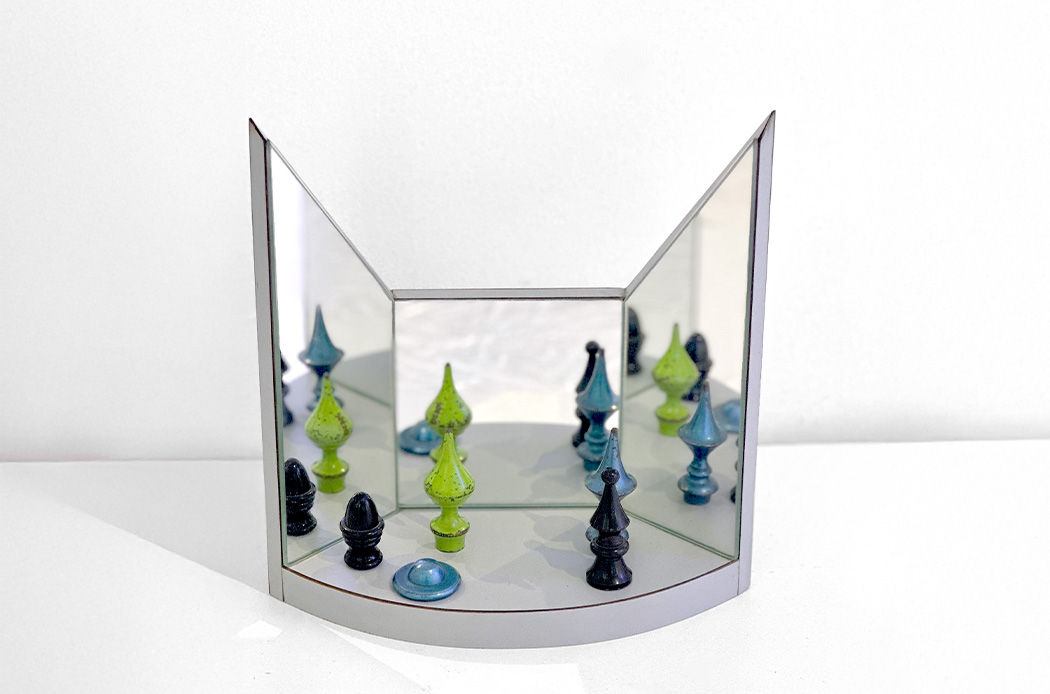
Nanda Vigo
Teatrini, 1983
21.5 × 10 × 22.5 cm
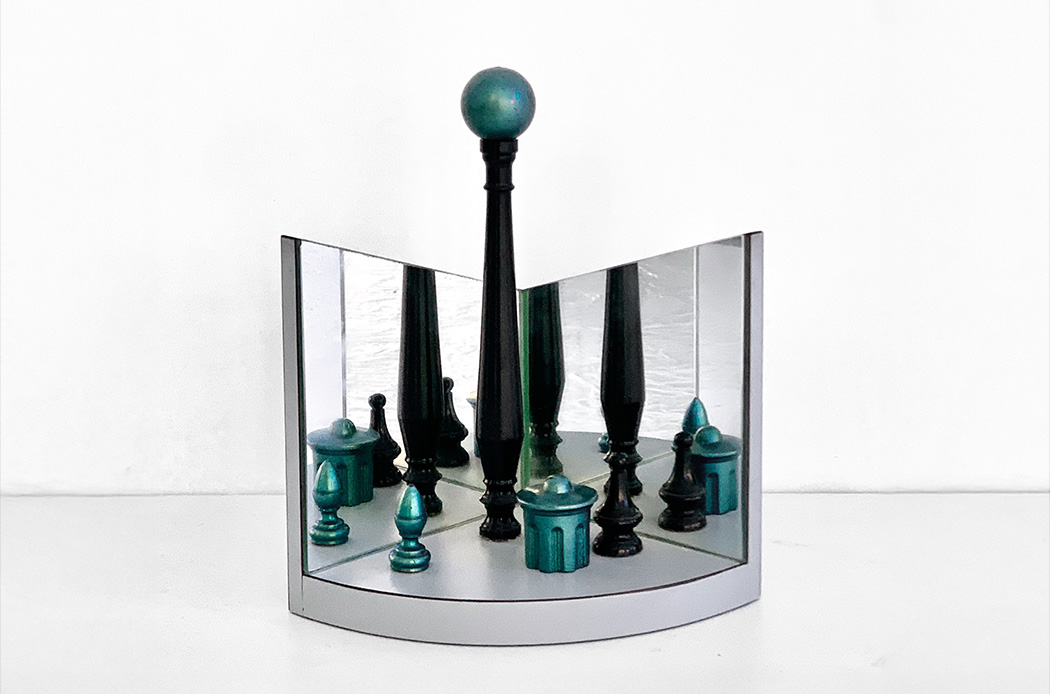
Nanda Vigo
Teatrini, 1983
14.5 × 14.5 × 22.5 cm
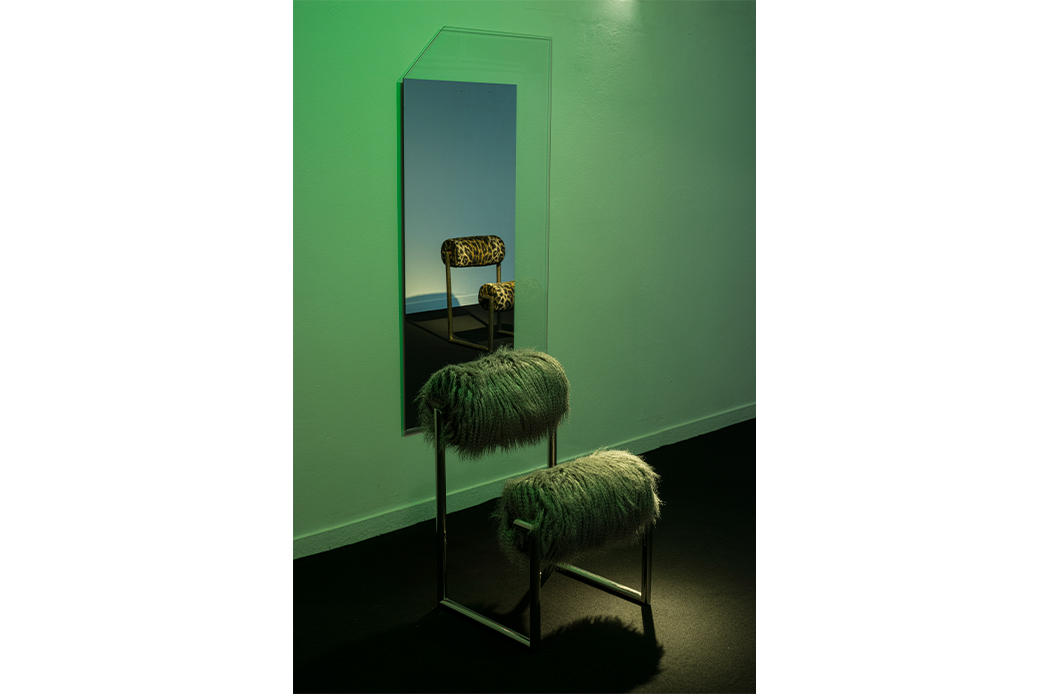
Nanda Vigo
Unknown, 1986
71 × 140 × 3 cm
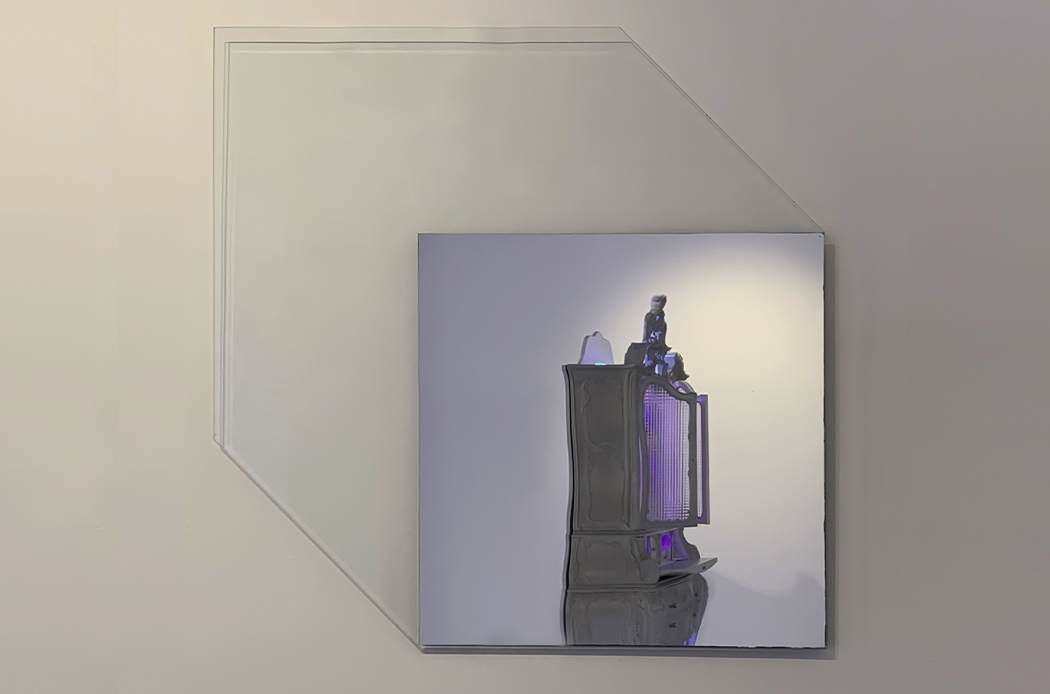
Nanda Vigo
Unknown, 1986
106 × 106 × 3 cm

Nanda Vigo
Unknown, 1986
106 × 106 × 3 cm
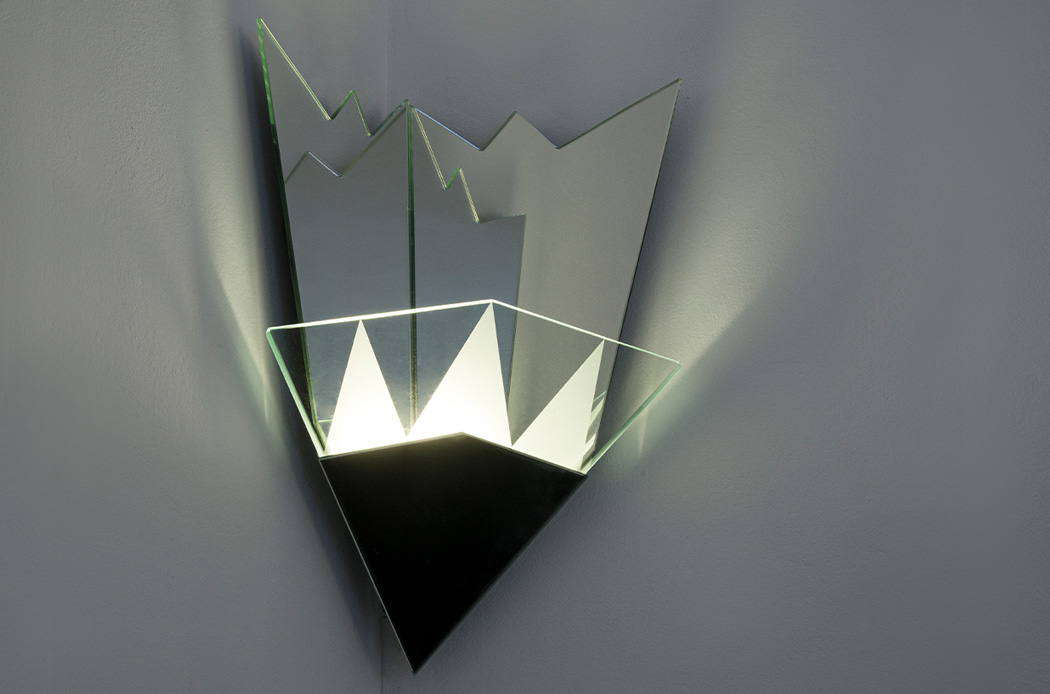
Nanda Vigo
Applique Lamp, 1988
32 × 58 × 32 cm
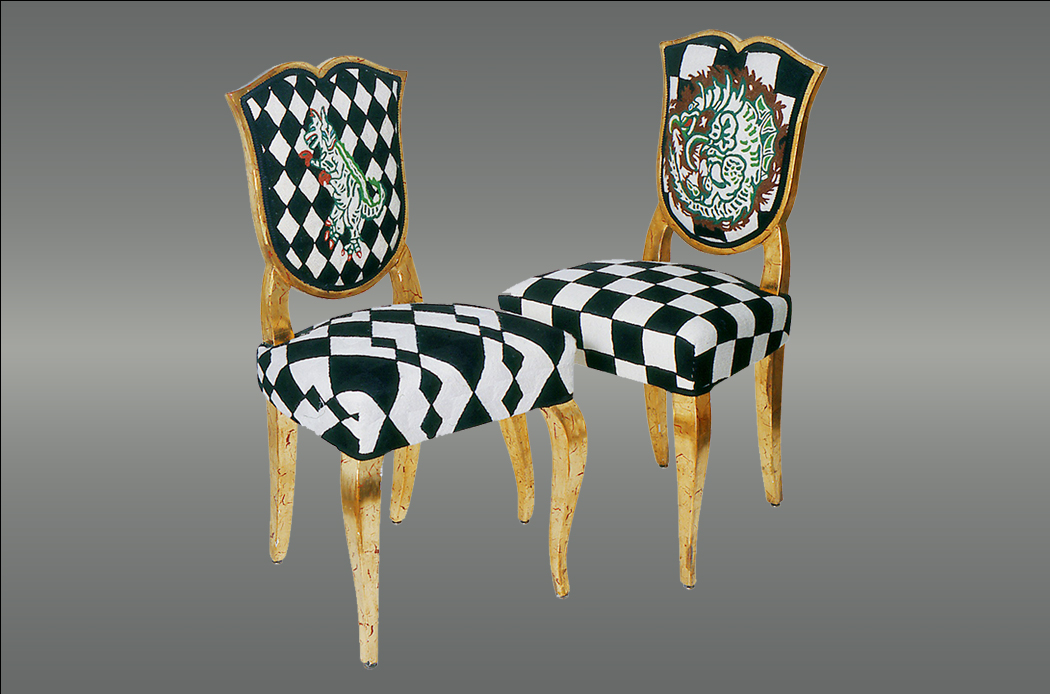
Nanda Vigo
Dino Chairs, end of 1990s
1988
90 × 47 × 45 cm
Gilded wood structure with a seat and backrest upholstered
in checkered fabric, adorned with fantastical animal motifs
Country of realization - Italy
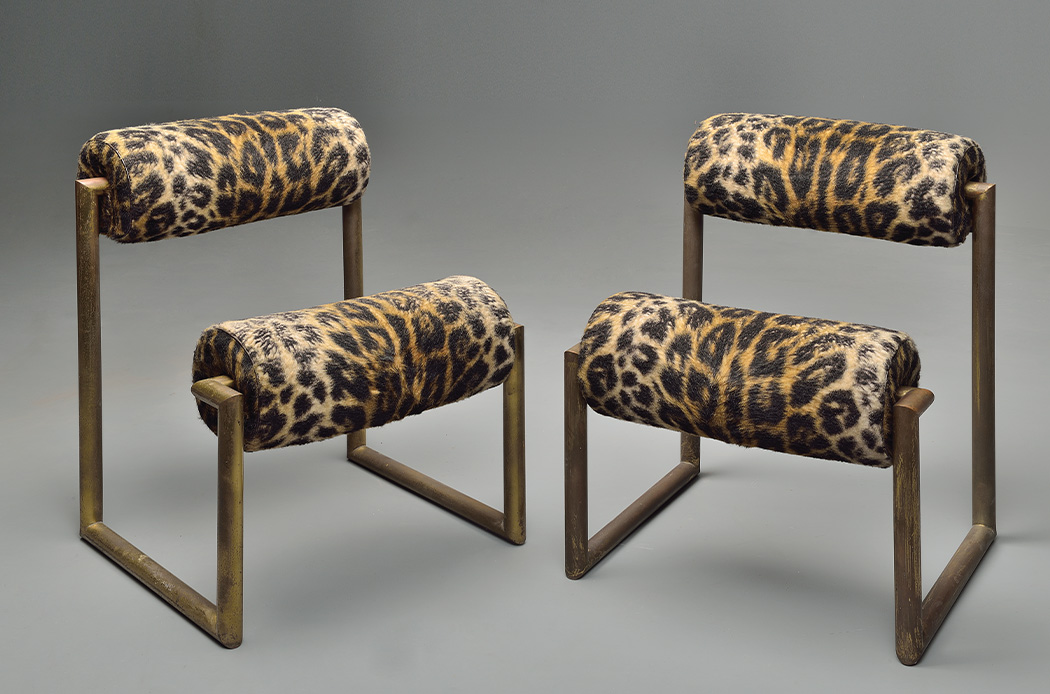
Nanda Vigo
Due più chair, 1976
49 × 58 × 70 cm
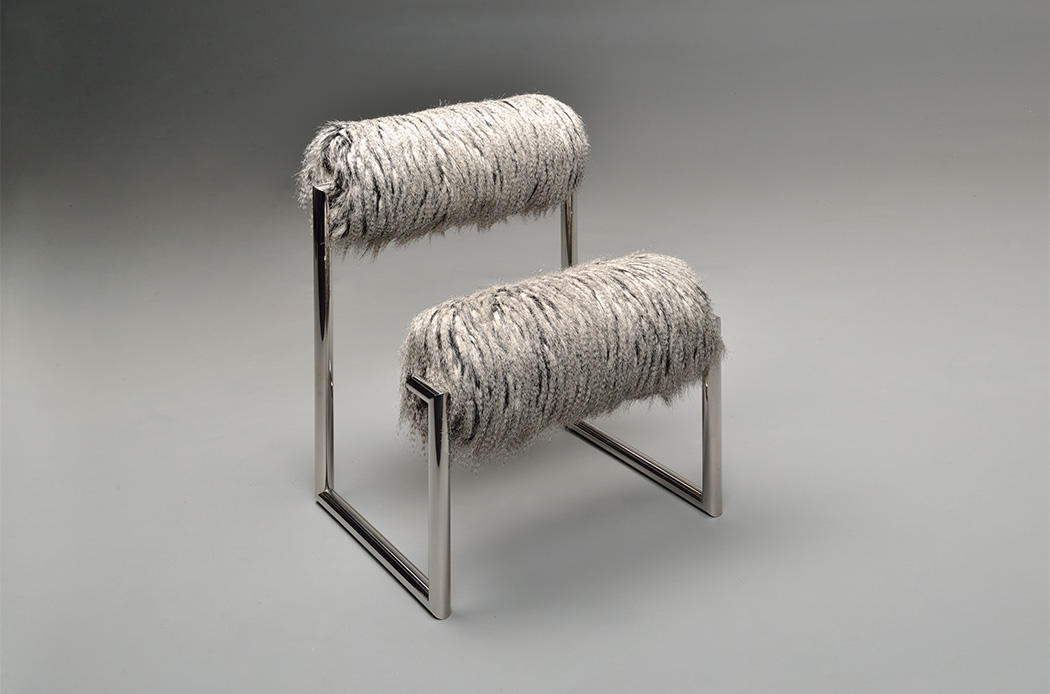
Nanda Vigo
Due più chair | unique piece, 1971, 2009
49 × 58 × 70 cm
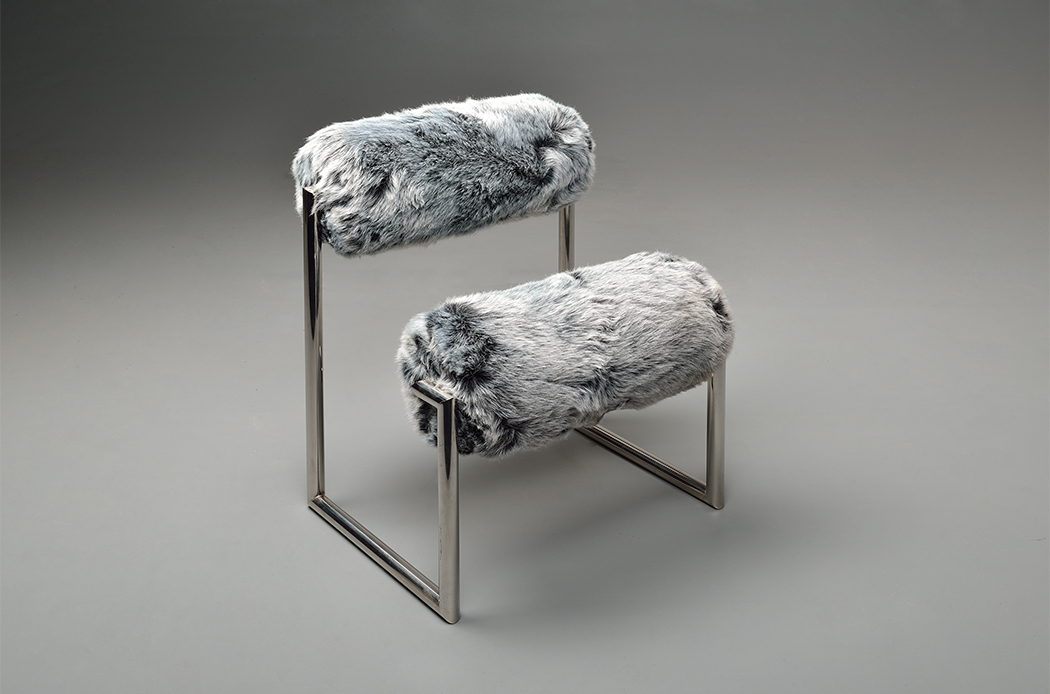
Nanda Vigo
Due più chair | unique piece, 1971, 2009
57 × 58 × 70 cm
Nanda Vigo was born in Milan in 1936, she currently lives in Milan and East Africa. She was interested in art from a very young age when she spent time in the company of Filippo de Pisis, a family friend, and when she saw the architecture of Giuseppe Terragni from whom – we might guess – she learnt to pay attention to light. After having graduated from the Institut Polytechnic of Lausanne, and having studied further in San Francisco, in 1959 she set up her own studio in Milan. From then on the basic theme of her art was the conflict/harmony between light and space, something the artist uses in her artwork as well as in her architecture and design. From 1959 on she frequented the studio of Lucio Fontana, and then she became close to the artists who had founded the Azimut gallery in Milan, Piero Manzoni and Enrico Castellani. In that period, due to her journeys for her numerous exhibitions throughout Europe (more than 400 solo and group shows), Vigo came to know the artists and places of the ZERO movement in Germany, the Netherlands and France. In 1959 she began to plan the “Zero house” in Milan, which was finished only in 1962. From 1964 to 1966 she took part in at least thirteen ZERO exhibitions, including “NUL 65” at the Stedelijk, Amsterdam, and “ZERO: An Exhibition of European Experimental Art” at the Gallery of Modern Art in Washington D.C. In 1965 the artist curated the legendary “ZERO avant-gardeshow” in Lucio Fontana’s studio in Milan, in which 28 artists took part. Between 1965 and 1968 she collaborated with Giò Ponti to create the “Casa sotto la foglia” in Malò, Vicenza. In 1971 Vigo was given the New York Award for Industrial Design for her lamp designs (“Lampada Golden Gate”) and, in the same year, she designed and built one of her most spectacular projects: the “Casa-Museo Remo Brindisi” in Lido di Spina (Ferrara). In 1976 she won the St. Gobain first prize for glass design. In 1982 she took part in the 40th Venice Biennale. In 1997 she curated the show “Piero Manzoni – Milano et Mitologia” in Palazzo Reale, Milan. Since 2006 her work has been in the permanent collection of the Milan Triennial’s Design Museum. In her activity Vigo has an interdisciplinary relationship with art, design, architecture, and the environment; she is involved with numerous projects as an architect, designer and artist. Her distinguished career has been characterized by her attention to, and research into, Art, something that has impelled her to collaborate with the most significant creative people of the times and to undertake projects aimed at promoting Art, as in the show “ITALIAN ZERO & avantgarde 60’s” at the MAMM Museum in Moscow. Since April 2013 Vigo’s works are to be found in the collection of the Minister for Foreign Affairs. In 2014/2015, her works can be seen in the Guggenheim Museum, New York and in the Martin-Gropius-Bau in Berlin, as part of the events celebrating ZERO.
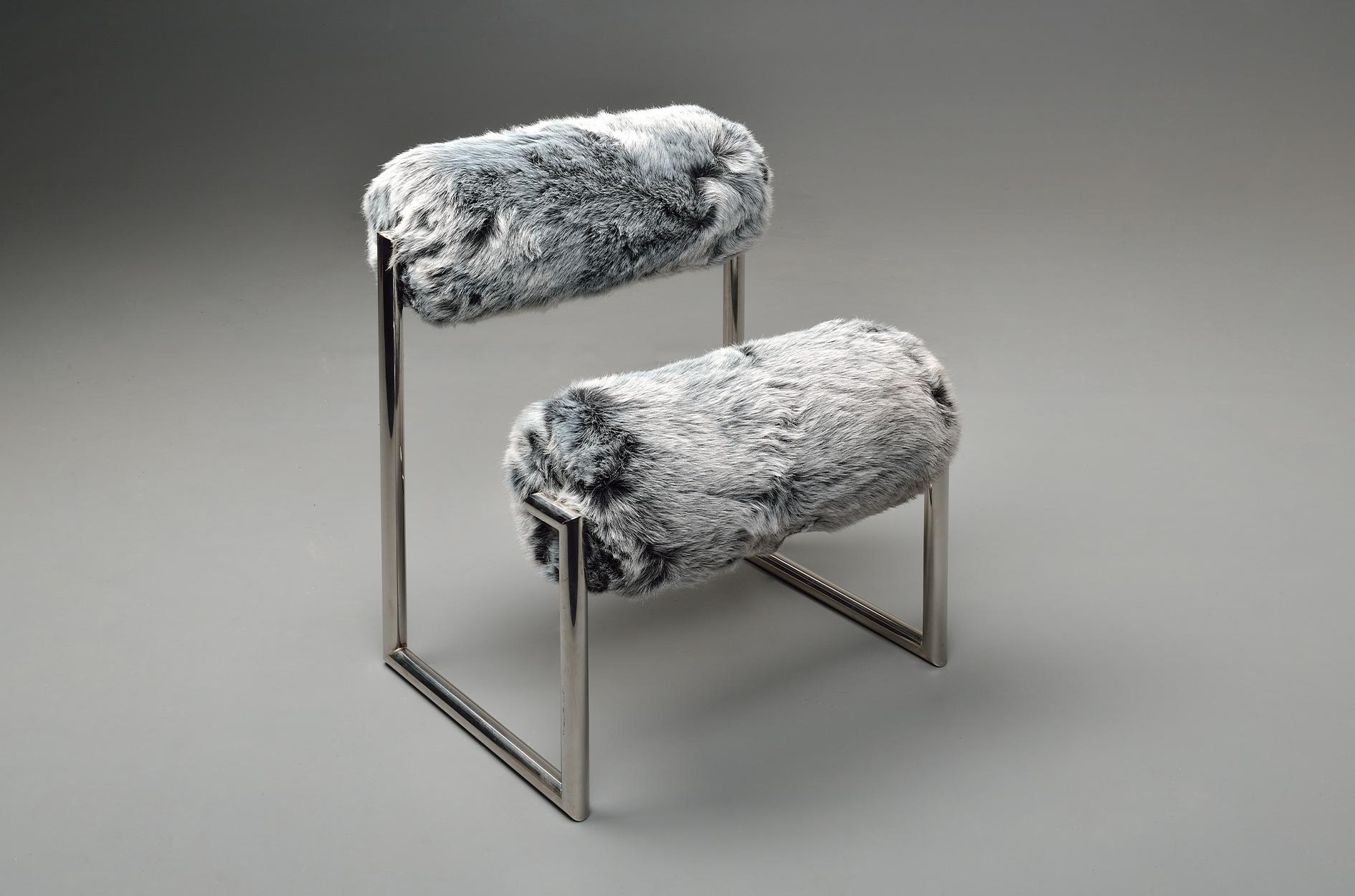
Nanda Vigo & so on…
April 04 - June 07 2025
Via Rossini 3, Milan, Italy

FuoriSalone
April 16, 2015 – June 30, 2015
Milan, Italy